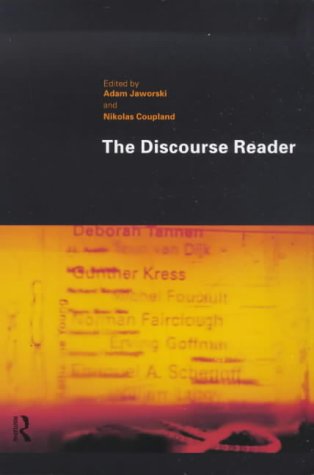Term: Fall 2004 Credit: 3
When: W 2:00 - 4:50 PM
Where: Searle 2-115
TA: Paul Tepper
{justine,ptepper}@northwestern.edu
Much of interactive technology relies on some kind of communication between humans and machines. Human-computer communication is not for the most part single words yelled in an off-hand manner in the direction of a computer terminal, but more often kinds of conversations or dialogues. Increasingly, these human-computer communications have both task-oriented and socially-oriented functions (instructions, and also rapport-building, small talk, politeness rituals), and both verbal and nonverbal aspects (speech, prosody, and also head nods, eye gaze, gesture).
Technologies as diverse as interactive tutoring systems, videogame/synthetic characters, airline telephone reservations systems, online communities, and search engines all rely on the use of language between two people mediated by a computer, or between a computer and a person. In order to carry out critical analysis of the use of these technologies, and in order to be effective designers of systems that communicate with humans such as these, one needs to have a certain background in how the language of discourse functions, and how it changes when one of the speaker/listeners is a computer. That is, how do we convey intention through language? How do we convey not just intention, but the finer points of style: something new, something relevant, something polite, something intimate? Why are some ways of putting things easier to understand and learn from than others? And, how do we structure interactions to take advantage of the design features of language (reference to things or people that aren't in the immediate environment, to things that don't exist), and of human bodies (the discourse functions of faces, hands, bodies)?
In this course we pair theory about how the language of discourse functions with computational work that relies on that theoretical foundation. The goal is to give students practice in how theory in this domain can be adapted and adopted in the design of innovative interactive technology. To this end, the student will engage in a increasingly complex set of design exercises based on the nitty-gritty fundamentals of discourse, and culminating in a project of the student's own design.
Requirements: Background in Linguistics, Communication, AND/OR building interactive systems preferable. You do NOT need to know how to program in order to take this class! All assignments will be carried out in teams in such a way that students with programming experiencing and students with analytic experience will work together.
Suggested texts:


